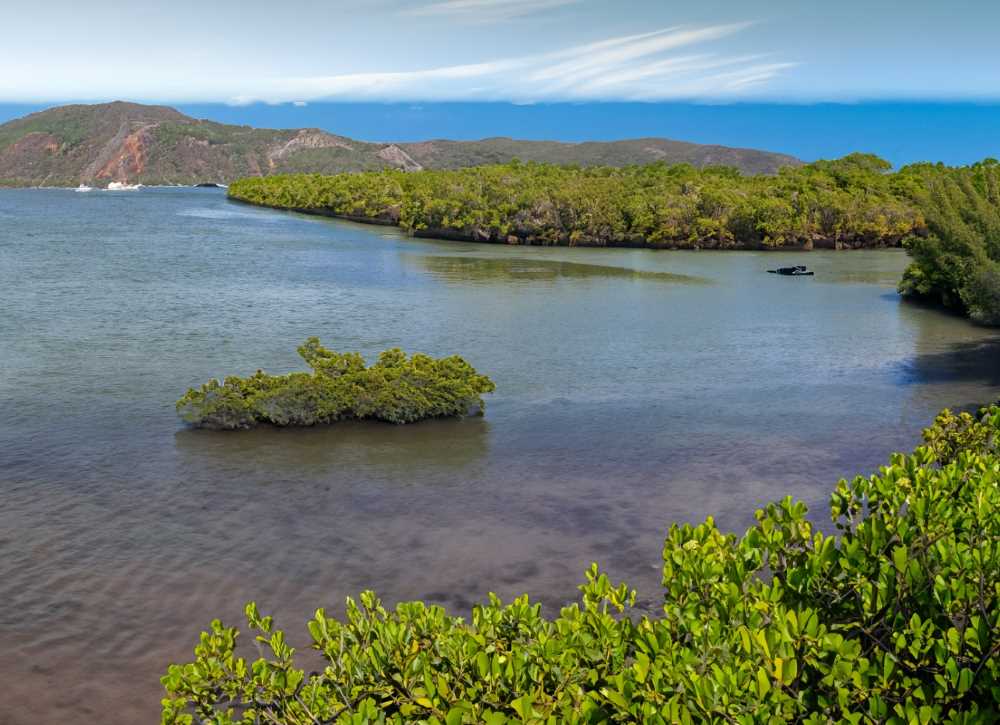Why Bahía de Los Ángeles is a Plant Lover’s Dream
In the sun-drenched expanse of Bahía de Los Ángeles, an ecological marvel unfolds. Picture this: Red mangroves stretching to the northernmost limits of their habitat, a biodiversity hotspot bursting with 74 unique plant species.

In the scorching sun and salty air of Bahía de Los Ángeles, a hidden Eden of plant life flourishes. This intricate ecosystem, located on the west coast of Baja California and in the Gulf of California, hosts a dizzying array of marine and terrestrial flora that tells a story of both survival and commercial promise. As research unfolds, it's becoming increasingly evident that this bay area is not just an ecological marvel but a potential goldmine of biological resources.
Take, for instance, the Red mangrove (Rhizophora mangle), a tropical plant native to Mexico. The lush patches of this mangrove in Bahía de Las Ánimas, Ensenada Guadalupe, Estero El Rincón, and Estero de las Caguamas on Coronado Island represent the northernmost range of this unique species. Mangroves serve as the backbone of a rich intertidal zone, a sanctuary for marine life and birds alike.




